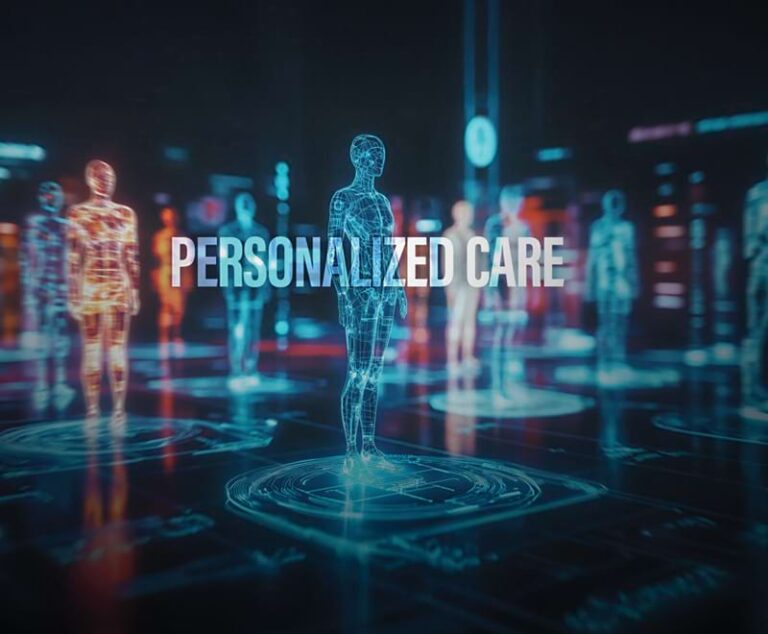Operations & Management
Supply Chain, Service & Staffing
Implementing artificial intelligence-driven tools in physician offices offers many benefits, but challenges remain.
Increasingly, AI-powered robots are able to lighten RN workload. These two robots show what these innovative clinical helpers can do.
As chronic disease and aging populations drive healthcare costs higher, value-based care offers a sustainable path forward — rewarding providers for better outcomes, improved patient experiences and greater cost-efficiency.
The use of AI is growing at a brisk rate as healthcare professionals realize its potential as an indispensable partner in treating patients.
With several pieces of legislation being debated that will significantly impact practices’ revenue streams, operations and clinical services, strategic negotiating is more important than ever.
IF YOUR healthcare organization has never adopted a social media policy, or if it has been a while since your policy has been reviewed, now would be a good time to do so. It will protect patients, employees and reputations, while developing responsible and effective online communication.
The dire projection of physician shortages in the U.S. could cause major problems for both patients and healthcare facilities. What's being done to fix it?
These no-cost tools can help small offices develop cyber attack prevention and mitigation plans, helping to protect their businesses.
When it comes to online health information, the Internet is a place where falsehoods flourish. Combating questionable content is no easy task, requiring education, legislation and diligence from stakeholders in the healthcare, scientific and public health communities.
Your words, tone and body language can escalate patient fears, but they also have the power to ease anxiety and help patients cope.
Healthcare payments are complex. Consider implementing these strategies to help manage your organization's payment policies and workflows.
As a patient-driven priority, personalized healthcare is poised to become a permanent fixture in the public health landscape.











